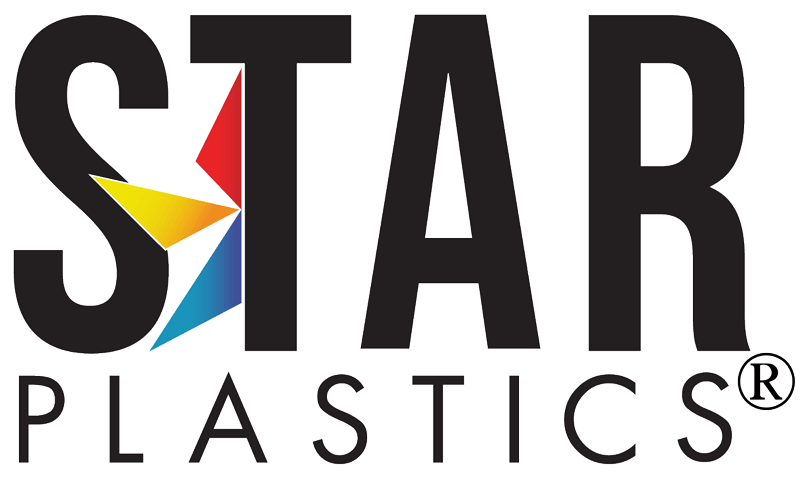News
Producing Quality, Custom Color Parts Starts with the Right Color Method
Do you use concentrate + natural material at the press for custom color projects?
Switching to pre-colored materials will save you time, money, and the headache of getting the perfect color part every time.
When it comes to color-specific parts, processors have a few options in how to manage the materials to produce them. Some will turn to coloring at the press by adding concentrate to the natural materials at the molding machine. Other plastic processors may seek color masterbatch services from an outside vendor. A strong alternative is utilizing a compounder, like Star Plastics, for pre-colored materials that are compounded to meet customer color specifications and quality standards.
When considering the different coloring methods for your application, time, resources, quality and cost are among the top points of concern. We specialize in high-quality custom color compounding and work through these factors with customers every day. It’s our 30+ years of experience and technical support team that make using pre-colored materials the more efficient and profitable choice for your custom color project. Below are some topics to consider when choosing to color your material with concentrate at the press.
Color Concentrate & Masterbatch at the Press Considerations
- Equipment: Are the processor’s mold machine screws designed for mixing materials, or just for injection molding parts? Compounders have machines designed specifically for blending additives to materials, ensuring a consistent color for making quality parts.
- Increased Cycle Times: Is the processor prepared to slow cycle times? If the color isn’t consistent in the molded part, the cycle time may need to increase to allow the concentrate and raw material to homogenize to the proper color.
- Material Loss & Contamination: The opportunity of material loss and contamination increases when gaylords of prime resin and concentrates are repeatedly opened and closed many times corresponding with long-term production needs. This risks variation in color and inconsistent look of parts over time.
- Color Inconsistencies: Lot-to-lot variations in the color of natural material could affect the color of the final parts. Tints and bright, opaque colors are known to be especially sensitive to the material’s natural color. Variations can be found in concentrates too, even with the smallest change in formulation from a vendor.
- Operator Error: Without proper training, operators could easily add too much concentrate, increasing cost and jeopardizing final product color and quality. The size of the machine also contributes to preparing the proper formulation, which may be overlooked.
- Quality Concerns: Aesthetics, structural integrity, adhesion and printability are vulnerable with the improper introduction of color concentrates or masterbatch at the press.
- Added Press Time: The use of concentrates and naturals add separate lead times for part production, and the operator spends additional time moving raw materials and concentrates, tints or additives from machine to machine. This is less efficient than using a single, formulated, ready-to-use color compounded material.
- Total Cost of Production: A common myth is that pre-colored material costs more than natural and concentrate or masterbatch services. However, when you calculate the overuse of concentrate, higher reject, inconsistent color and quality of molded parts, as well as the above listed inefficiencies during press time, the total costs add up. Pre-colored materials can often be the more profitable option.
The Science Behind Color Matched Materials
Sourcing pre-colored materials can save time and money while maintaining part quality. Star Plastics delivers consistent color lot-to-lot, box-to-box, no matter how far apart the orders are placed or how different the application or product is. This is accomplished through historical color records and with scientific technologies like our X-Rite Color iMatch software. We’re able to cut the number of interactions it takes to create a custom color in half. As part of our total color matching system, the software can tell our technicians exactly which pigments to use to start the matching process, allowing quick color match turnaround in as little as one week. Once the color is matched and stored, we draw from our historical records for your future orders to prevent color shift over the long term.
Pre-Colored Material Alternative
Pre-colored materials are a viable alternative to color masterbatch or natural and concentrate for high- and low-volume part runs. Going beyond the straight costs of materials, there are savings in costs associated with reducing production time, preventing material loss and avoiding quality issues. Our customers benefit from receiving quick turnarounds, truly custom colors and the quality Star is known for.
Struggling with color masterbatch or natural and concentrate at the press? Contact us at Sales@StarPlastics.com to see if your project is best suited for custom color compounding.



